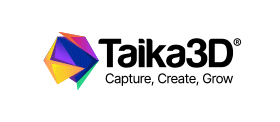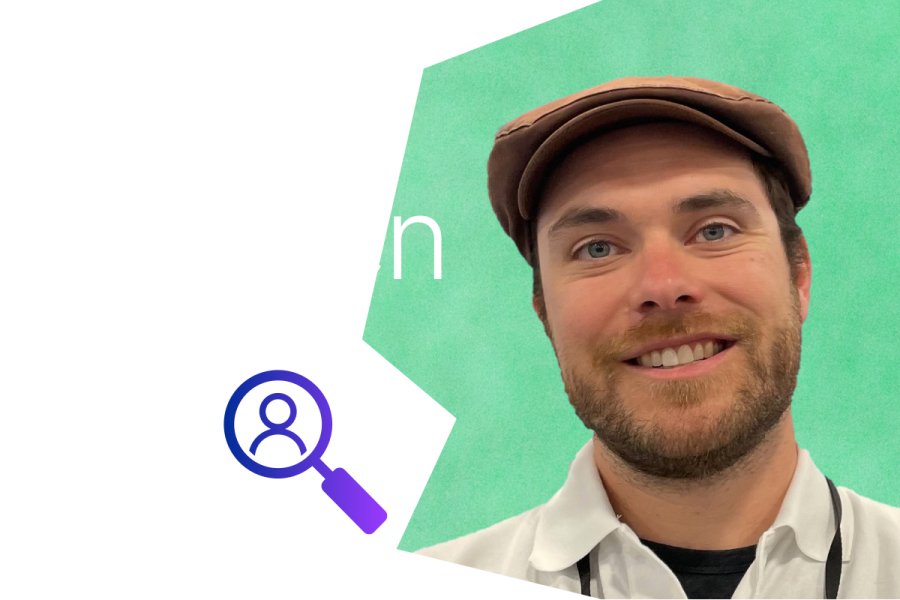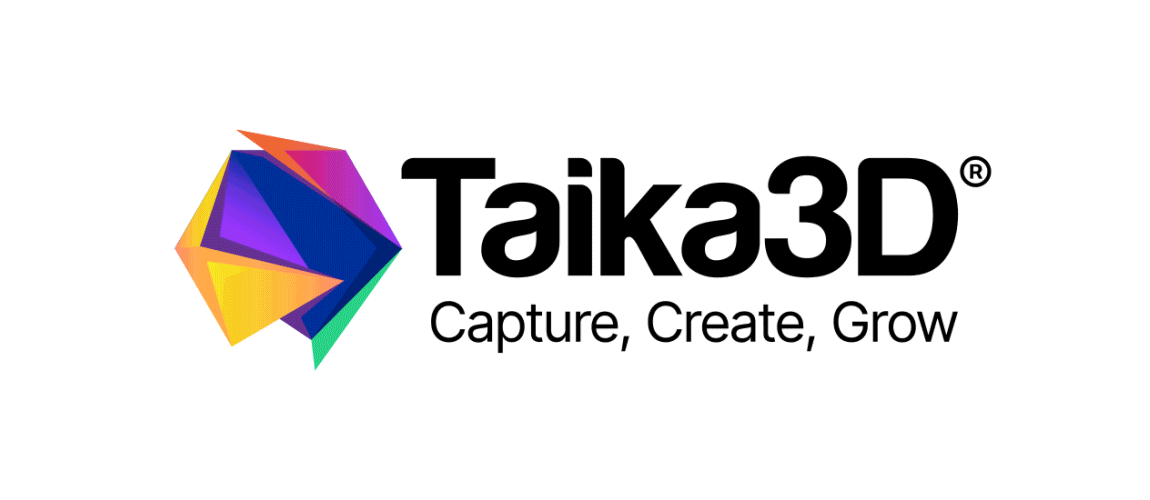In our series of showcasing our talented Taika 3D team members, we caught up with Arthur Hobden, Business Development Manager – North America, about his passion for digital design in O&P.
Arthur plays a central role in sales and education at Taika 3D, shaping customer specifications, influencing design processes, and guiding business strategy. With a background as a CAD designer, applications engineer in 3D printing & scanning, and as an O&P technician, Arthur values the input of clinicians and ensures their expertise is central to the design process.
In addition to his main role for Taika3D, as part of a drive to improve digital literacy and CAD uptake in O&P, Arthur has developed training programmes and other resources to empower technicians and clinicians to master CAD techniques for efficient prototyping and small-scale production. He continues to offer these through ‘O&P Digital Designer’.
With such a rich background in industrial design and O&P, we were eager to understand how these experiences shape Arthur’s current approach. We asked him:
Can you explain how your industrial design training influences your approach to O&P design and software delivery?
I’m very grateful for my training in industrial design because it emphasizes prioritizing the user in any new product development. This user-first approach, which is often overlooked in product and service creation, is paramount for ensuring ease of use, adoption, and integration of new tools or products.
In the context of O&P, the term ‘user’ can refer to the different stakeholders involved: the patient who uses the device, the clinician who prescribes it, or the technician who designs it.
For the patient, it is crucial that the device is comfortable and meets their specific needs. For the clinician, the design process must be consistent and adaptable to accommodate a variety of prescription requirements. Meanwhile, the technician needs tools that are fast, user-friendly, and reliable, allowing them to efficiently create high-quality designs without wasting time on repetitive tasks that could lead to errors.
Focusing on the needs of each role is essential, and this perspective is central to my work at Taika3D.
Tell us about why you believe the role of designers can be enhanced by providing better or more accessible tools
Designers thrive when they can focus on innovation rather than repetitive tasks. They find the most satisfaction in tackling specific problems and solving new issues as they arise, rather than repeating digital tasks over and over.
I enhance the role of the designer by giving them access to AI and automated workflows, giving them a comprehensive toolbox to streamline and automate their processes. For those not yet ready to automate with Taika3D, I steer people to standard tools that can make their work more efficient. By doing so, designers can free up time to innovate and consistently deliver better products for their company and their customers or patients.
Can you explain why you champion 3D printing as a production method over others?
I love 3D printing because it offers a lot of flexibility and fewer geometric constraints compared to other production methods. It can be the most direct route to bringing your ideas to life.
Of course, you always have to select a manufacturing process based on the needs of the product/consumer and the manufacturing limitations of the selected medium. These include economic considerations as well as comfort, performance, and durability of the end product.
In Orthotics, 3D printing is often the right solution as it allows for much more freedom. It can handle complex geometries without the need for additional finishing and assembly. You can also vary the flexibility, reduce volume and weight, add textures and customization, all within a device designed for that individual foot. The use of 3D printing has led to the development of some very effective and practical solutions.
However, despite my own passion for 3D printing in O&P, it is not always the best solution. By focusing on the needs of the user we can choose the most appropriate materials and processes. Currently, that is often more conventional manufacturing methods or a hybrid of printing and other approaches.
Tell us how Taika3D has changed your perspective on software solutions.
Through my experience with Taika3D, I’ve learned how crucial it is to focus on long-term, scalable solutions to meet specific needs. By adopting this approach, Taika3D has shown how we can drive substantial improvements to the bottom line, while also freeing up valuable time for designers and manufacturers.
Taika3D has shown me what it takes to deliver automation and software at scale, a scale I hadn’t fully realized when I first started my role with the company. Building and supporting these tools which significantly impact business operations and timelines in custom design and fabrication requires a dedicated team and a strong passion. Our know-how and commitment help drive meaningful improvements and make things run more smoothly for organizations, enabling them to deliver the best services and products to their customers.
Where do you see digitization taking the field of O&P in the next few years?
I see a lot more automation and software advancing in O&P, moving us away from traditional methods of device fabrication. Hand processes and plaster have always had their limitations, and with fewer practitioners replacing those who are retiring, we’ll increasingly rely on software solutions developed by innovators in the field, and offered directly to patients and customers.
Although this can be daunting, digital design literacy and digital workflows will become essential tools for everyone involved. It’s not about replacing talent or passion, but upgrading from hand tools to digital ones. Embracing this new era of digital design can also bring benefits beyond work, enriching ideas and processes.
The team at Taika3D certainly hold Arthur’s contributions in high regard. Taika3D Co-founder and CEO Steve Cook champions his colleague “We’re fortunate to have Arthur’s digital design expertise on our team. His strong knowledge of the evolving O&P custom design landscape, combined with his passion for innovation, keeps us closely aligned with our customers’ needs.












